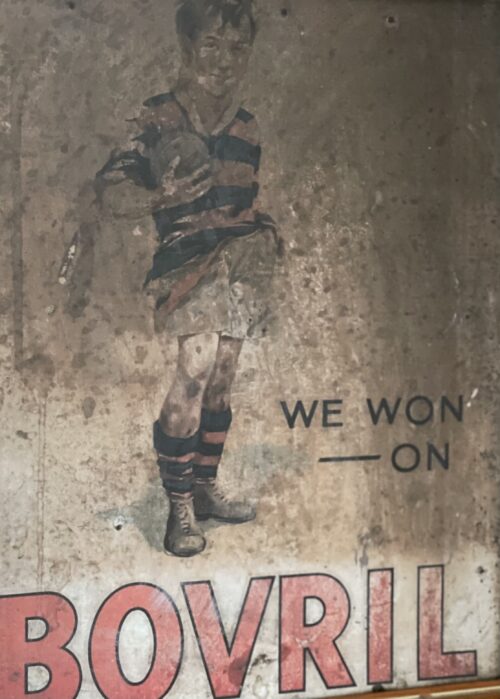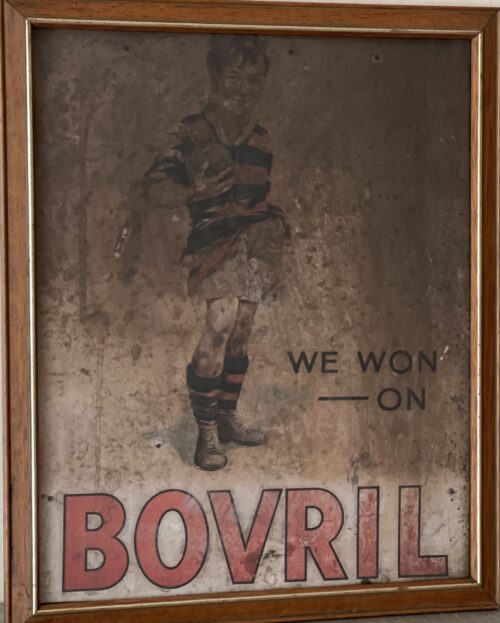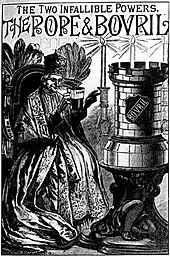50cm x 45cm x 10cm Co Carlow
Sir Alfred James Munnings,
KCVO PRA RI (8 October 1878 – 17 July 1959) was known as one of England's finest
painters of horses, and as an outspoken critic of
Modernism. Engaged by
Lord Beaverbrook's Canadian War Memorials Fund, he earned several prestigious commissions after
the Great War that made him wealthy. Between 1912 and 1914 he was a member of the
Newlyn School of artists. His work was part of the art competitions at the
1928 Summer Olympics, the
1932 Summer Olympics, and the
1948 Summer Olympics.
Munnings was president of the
Royal Academy of Arts from 1944 until his death.
Biography
Alfred Munnings was born on 8 October 1878 at Mendham Mill,
Mendham,
Suffolk, across the
River Waveney from
Harleston in
Norfolk to Christian parents. His father was the
miller and Alfred grew up surrounded by the activity of a busy working mill with horses and horse-drawn carts arriving daily. After leaving
Framlingham College at the age of fourteenhe was apprenticed to a
Norwich printer, designing and drawing advertising posters for the next six years, attending the
Norwich School of Art in his spare time. When his apprenticeship ended, he became a full-time painter. The loss of sight in his right eye in an accident in 1898 did not deflect his determination to paint, and in 1899 two of his pictures were shown at the
Royal Academy Summer Exhibition.
He painted rural scenes, frequently of subjects such as
Gypsiesand horses. He was associated with the
Newlyn School of painters, and while there met
Florence Carter-Wood (1888–1914), a young horsewoman and painter. They married on 19 January 1912 but she tried to kill herself on their honeymoon and did so in 1914.
Munnings bought Castle House,
Dedham, in 1919, describing it as 'the house of my dreams'.
He used the house and adjoining studio extensively throughout the rest of his career, and it was opened as the
Munnings Art Museum in the early 1960s, after Munnings's death.
Munnings remarried in 1920; his second wife was another horsewoman, Violet McBride (née Haines). There were no children from either marriage. Although his second wife encouraged him to accept commissions from society figures, Munnings became best known for his equine painting: he often depicted horses participating in hunting and racing.
War artists
Although he volunteered to join the Army, he was assessed as unfit to fight. In 1917, his participation in the war was limited to a civilian job outside
Reading, processing tens of thousands of Canadian horses en route to France — and often to death. Later, he was assigned to one of the horse remount depots on the Western Front.
Munnings's talent was employed as a
war artistto the
Canadian Cavalry Brigade, under the patronage of
Max Aitken, in the latter part of the war. During the war he painted many scenes, including in 1918 a portrait of General
Jack Seely mounted on his horse
Warrior (now in the collection of the
National Gallery of Canada, Ottawa).
Munnings worked on this canvas a few thousand yards from the German front lines. When General Seely's unit was forced into a hasty withdrawal, the artist discovered what it was like to come under shellfire.
In 1918 Munnings also painted
Charge of Flowerdew's Squadron.
After what is known as "the last great cavalry charge" at the
Battle of Moreuil Wood,
Gordon Flowerdew was posthumously awarded the
Victoria Cross for leading
Lord Strathcona's Horse in a successful engagement with entrenched German forces.
[11]
The
Canadian Forestry Corps invited Munnings to tour its work camps in France, and in 1918 he produced drawings, watercolors, and oil paintings, including
Draft Horses, Lumber Mill in the Forest of Dreux.
This role of horses in the war was critical and under-reported; and in fact, horse
fodder was the single largest commodity shipped to the front by some countries.
The Canadian War Records Exhibition at the Royal Academy after the Armistice of November 1918 included forty-five of Munnings's canvasses.
After the war, Munnings began to establish himself as a sculptor, although he had no formal training in the discipline. His first public work was the
equestrian statue of Edward Horner in
Mells, Somerset, a collaboration with his friend
Sir Edwin Lutyens, who designed a plinth for the statue. This work led to a commission from the
Jockey Club for a sculpture of
Brown Jack.
Later career
Munnings was elected president of the
Royal Academy of Arts in 1944. He was made a
Knight Bachelor in July of the same year,
and was appointed a
Knight Commander of the Royal Victorian Order in the
1947 New Year Honours.
His presidency is best known for the valedictory speech he gave in 1949, in which he attacked modernism. The broadcast was heard by millions of listeners to BBC radio. An evidently inebriated Munnings claimed that the work of
Cézanne,
Matisse, and
Picasso had corrupted art. He recalled that
Winston Churchill had once said to him, "Alfred, if you met Picasso coming down the street would you join with me in kicking his ... something something?" to which Munnings said he replied, "Yes Sir, I would".
In 1950, Munnings, got hold of some of
Stanley Spencer's Scrapbook Drawings and initiated a police prosecution against him for obscenity.
Munnings died at
Castle House,
Dedham, Essex, on 17 July 1959. His ashes were interred at
St Paul's Cathedral, with an epitaph by
John Masefield ('O friend, how very lovely are the things, The English things, you helped us to perceive').
After his death, his widow turned their house in Dedham into a museum of his work. The village pub in Mendham is named after him, as is a street there.
Munnings was portrayed by
Dominic Cooper in the film
Summer in February, which was released in Britain in 2013.
The film is adapted from a novel by
Jonathan Smith.
At auction
His sporting art works have enjoyed popularity in the United Kingdom, the United States and elsewhere. As of 2007, the highest price paid for a Munnings painting was $7,848,000 for
The Red Prince Mare, far above his previous auction record of $4,292,500 set at
Christie's in December 1999. It was one of four works by Munnings in the auction.
The Red Prince Mare is a 40 by 60 inches (100 by 150 cm) oil on canvas that was executed in 1921 and had an estimate of $4,000,000 to $6,000,000.
Writings
Munnings wrote an autobiography in three volumes:
- An Artist's Life, London: Museum Press, 1950
- The Second Burst, London: Museum Press, 1951
- The Finish, London: Museum Pres






































